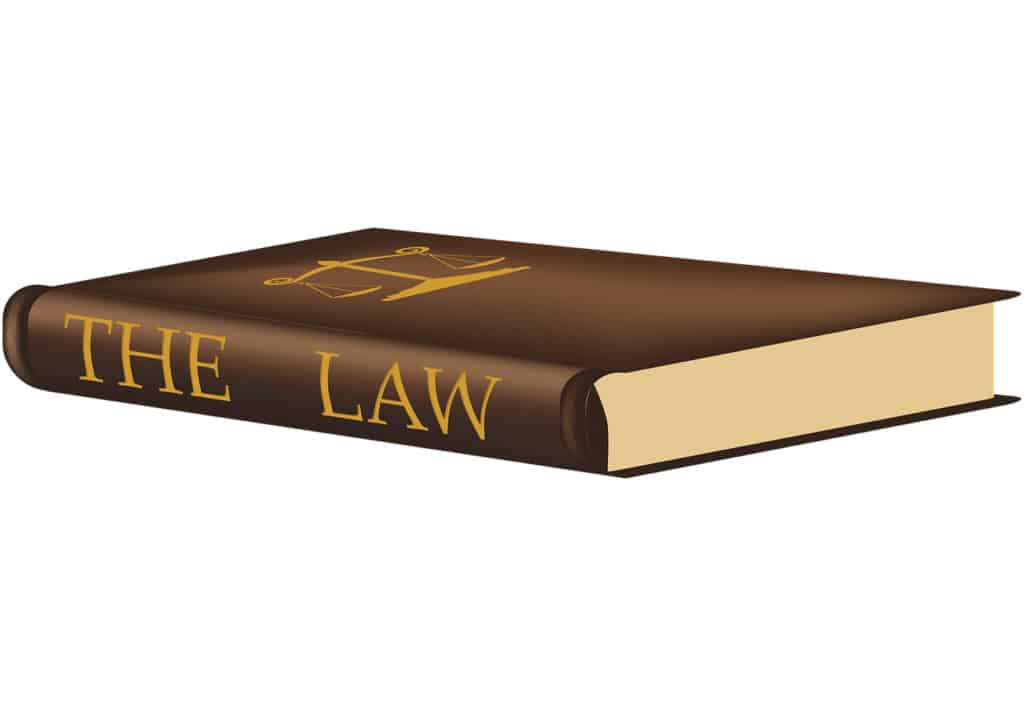- FSSAI Takes Action: Popular Beverage Mixes Reclassified on E-commerce Platforms - May 18, 2024
- Compounding Of Offence Under Jan Vishwas Act - April 6, 2024
- Confession in criminal proceedings: Ground for conviction ? - December 25, 2022
Last Updated on April 7, 2024 by The Health Master
Amendments introduced by Drugs and Cosmetics (Amendment) Rules, 2020 by notification No. GSR 101(E) dated 11.02.2020.
To read or download the notification No. GSR 101(E) dated 11.02.2020, click here

The amended rules by insertion of new rules and clauses are evolved in the public interest and as far as the quality parameter is imposed upon the Marketers is to ensure that only quality drugs reach the public. Indeed it is one of the appreciable attempts to improve the quality of drugs in India. Hitherto, there was no provision under the Drugs and Cosmetics Act, 1940 or Rules, for third-party manufacturing / marketing.
This arrangement of outsourcing was limited to Rule 69A- Loan License but subject to complete accountability as per the conditions of License imposed. Hitherto, all ‘marketed by’ activities were done in violation of said Rule 69A. There was no basis for Marketers as they were merely holding a license as Wholesaler under Rule 67.
The first indictment in this regard was issued by Hon’ble Patna High Court, Glaxo Smithkline Pharmaceuticals Limited Vs State of Bihar and Rakesh Nandan Singh, 2011CriLJ2553, wherein Hon’ble High Court observed that:
“As far as the above products are concerned, Glaxo Smithkline Pharmaceuticals Limited has no roles in their manufacturing. Therefore, the name of the intended purchaser and its logo should not appear on the labels of drugs purchased. Thus printing of name and logo of the intended purchaser on the labels of drugs in violation of labeling rules 96 & 97 of Drugs & Cosmetics Rules 1945 and attracts provision of Section 17(b) of Drugs and Cosmetics Act,1940”.

The second bunch of cases came up before the Hon’ble High Court of Delhi under the Title Glaxo SmithKline Pharmaceutical Limited and Ors. Vs. Socio-Political Observer of India, CRL.MISC- 4006 OF 2014, where respondent companies challenged the summoning orders of the Lower Court which have issued summons to the leading pharma companies for violation of Rule 69A i.e. Labeling the Drug with ‘Marketed by’ tag.
The companies took the ground in quashing petition that it is a policy matter by Government. The consensus was drawn by Drug Technical Advisory Board (DTAB) in its meeting held on 16.05.2018 whereby it was decided to recommend to the Central Government proposing that the marketers should be treated as an agent of the manufacturer and no plea under Section 19 of the D&C Act 1940 should apply to it. The Board however clarified that the persons involved in any distribution channel should not be affected.
The Central Government has introduced the amendment to the Drugs and Cosmetics Rules, 1945, by inserting four new clauses 2(ea), Rule 84D and 84, and Rule 96 by inserting clause (xii). For proper interpretation, the newly inserted clause (ea) to Rule 2 be read with Rule 84D and 96(xii) together the details of which enumerated below:
Rule 2(ea)- “Marketer” means a person who as an agent or in any other capacity adopts any drug manufactured by another manufacturer under an agreement for the marketing of such drug by labeling or affixing his name on the label of the drug with a view for its sale and distribution;’
Rule 84D. Agreement for marketing.– No marketer shall adopt any drug manufactured by another manufacturer for the marketing of such drug by labeling or affixing his name on the label of the drug with a view for its sale and distribution without an agreement as referred to in clause (ea) of rule 2.
Amend D&C Act to make marketers also liable for drug quality: IDMA asks CDSCO
Separate licence for marketers of drugs: CIPMMA’s demand
Name and address of the marketers to be printed:
Rule 96(xiii)- Requires the name of the marketer of the drug and its address, in case the drug is marketed by a marketer be labeled on the label of the drug:
Provided that if the drug is contained in an ampoule or a similar small container, it shall be enough if only the name of the marketer is shown.”
Necessary component:
- Marketer to act either as an agent or in other capacities;
- Adoption of the drug for the marketing of the drug manufactured by another manufacturer;
- Execution of the agreement;
- Name of the marketer to be affixed or labeled on the labels of the drug;
- For sale or distribution of the said drugs.
Thus where the drug is shown to be marketed by some company, the above rules will come into operation, and consequently, Rule 84E will come into operation giving rise to liability for the marketer which provides as under:
84E. Responsibility of marketer of the drugs.– Any marketer who sells or distributes any drug shall be responsible for the quality of that drug as well as other regulatory compliances along with the manufacturer under these rules.”
Thus liability for the quality of the drug is imposed on the marketers. Then the pivotal question arises as to how the marketer shall be held responsible for the quality of the drug. In other words, is it possible for the marketer to comply with the quality standards, and if so what shall be the procedure for the same?
It is worthwhile to look into the definition of manufacture as provided under section 3 of the Drugs and Cosmetics Act, 1940, which provides as under:
3(f)‘manufacture’ in relation to any drug or cosmetic includes any process or part of a process for making, altering, ornamenting, finishing, packing, labeling, breaking up or otherwise treating or adopting any drug or cosmetic with a view to its sale or distribution but does not include the compounding or dispensing of any drug, or the packing of any drug or cosmetic, in the ordinary course of retail business; and ‘to manufacture’ shall be construed accordingly;
Rule 96 provides for various information to be printed or written in indelible ink and shall appear conspicuously on the label of the innermost container of any drug and on every other covering in which the container is packed. Now by virtue of the newly inserted subrule 96(xiii) name of the marketer of the drug and its address, in case the drug is marketed by a marketer be labeled on the label of the drug by marketers.
Thus the literal interpretation of Rule 2(ea) is absurd. It shall be the duty of the manufacturer to comply with Rule 2(ea) and not can be cast upon the marketer. By the literal meaning of amended rule 2(ea), can we assume that now marketers shall have the option to print their name on the label by themselves?
The activities of labeling included in Rule 96 necessarily be carried out by the manufacturer of the drug. As far as the quality of the drug is a concern, necessarily it shall govern by Section 16 of Drugs and Cosmetics Act, 1940. Said Section 16 refers to the Second Schedule.
For Patent and Proprietary medicines, standards, as may be prescribed, is applicable, and vide entry No. 5. which applies to ‘other drugs’ the standard of Identity, Purity, and Strength shall be as per pharmacopeia either of India or another country as applicable depending upon if the drug is covered under I.P. Rule 124 and 126A provides for standard and Rule 46-Explanation provides for the protocol of test or analysis to be applied.
There can’t be any role of the marketers in the above manufacturing activities as by definition labeling is also part of manufacture. Such manufacture cannot be done without a license as per Section 18 and license to manufacture is granted under Rule 69 or 68A. No provisions have been made by Drugs and Cosmetics (Amendment) Rules, 2020.
All the above factors are well within the domain of the manufacturer who manufactures the drug. By no way, the marketer can intervene in such set up of the Act and Rule. Moreover, Rule 69A is not been touched and still exists in the Rule book whereby the difference between marketers and Loan License be expressly made. Rule 69A is a complete set of Rule providing for other enabling rules and implementation which is not a case with amendment Rules.
Without commenting upon the validity of amended provisions as to touchstone of constitutionality is concerned, the legal principle and Latin maxim well recognized by Indian Courts as well, from earlier days -“ACTUS LEGITIME NON-RECIPIUNT MOMDUM” needs mention here. The principle emphasizes that when a particular mode is sanctioned by law for doing a certain thing, that thing cannot be done differently’. The principle laid down in England in Taylor v. Taylor [1875]1Ch.D.426, is well recognized and followed in India.
Hon’ble Supreme Court referred to the above maxim/principle in the State of Uttar Pradesh Vs. Singhara Singh and Ors. AIR1964SC358(1963) and thereafter, the above law is applied time to time and well- settled proposition now. Thus, the mute question is how marketers shall be held responsible for the quality when he is not a part of manufacture? Is not this against the provisions of Loan License under Rule 69A, which prescribes the method the other way round?
There should be more enabling provisions in the Rules without which fixing of liability by the court appears to be difficult if not impossible. Probably in the coming days, the Indian judiciary will deal with this question. We have to wait for the judicial interpretation of the newly added Rules and what prescription is coming forward in days to come. May be certain more improvement will be required in this context.
Author: Sushant Mahapatra, Advocate-Supreme Court of India
Disclaimer: The opinion is a personal opinion of the author based upon the material available with the author. Author is practicing advocate before Supreme Court of India.
For informative videos by The Health Master, click on the below YouTube icon:
For informative videos on Medical Store / Pharmacy, click on the below YouTube icon:
For informative videos on the news regarding Pharma / Medical Devices / Cosmetics / Homoeopathy etc., click on the below YouTube icon:
For informative videos on consumer awareness, click on the below YouTube icon:









